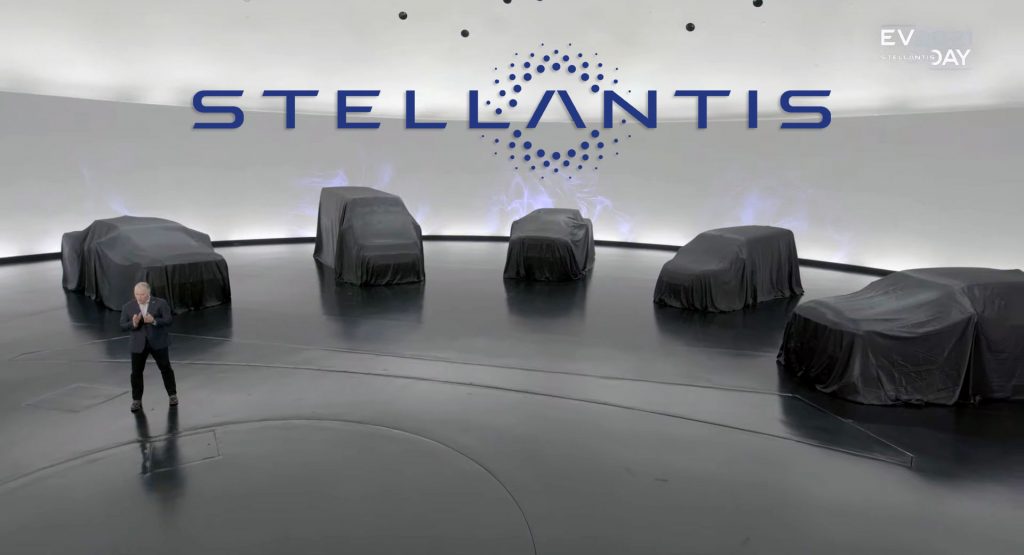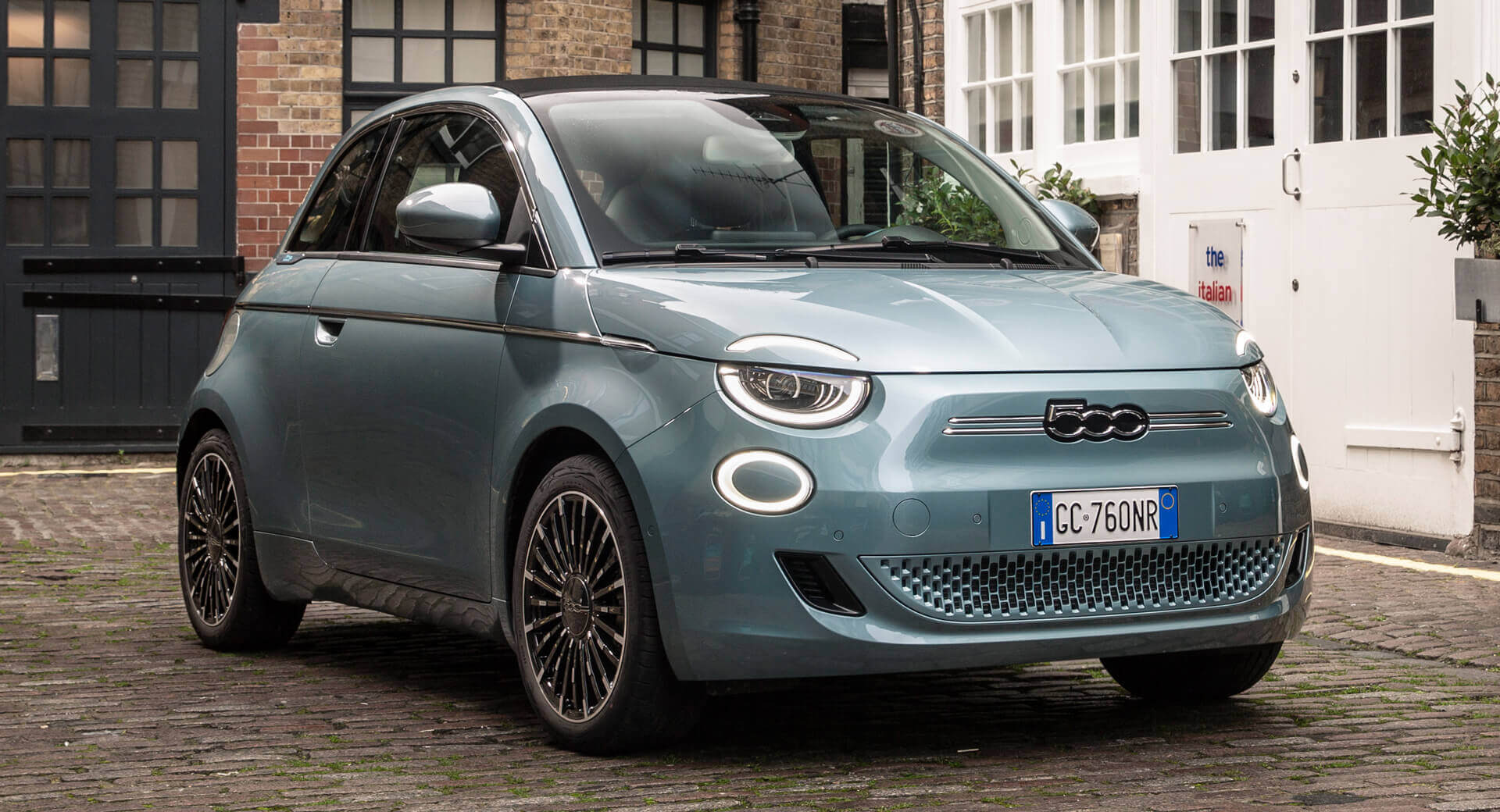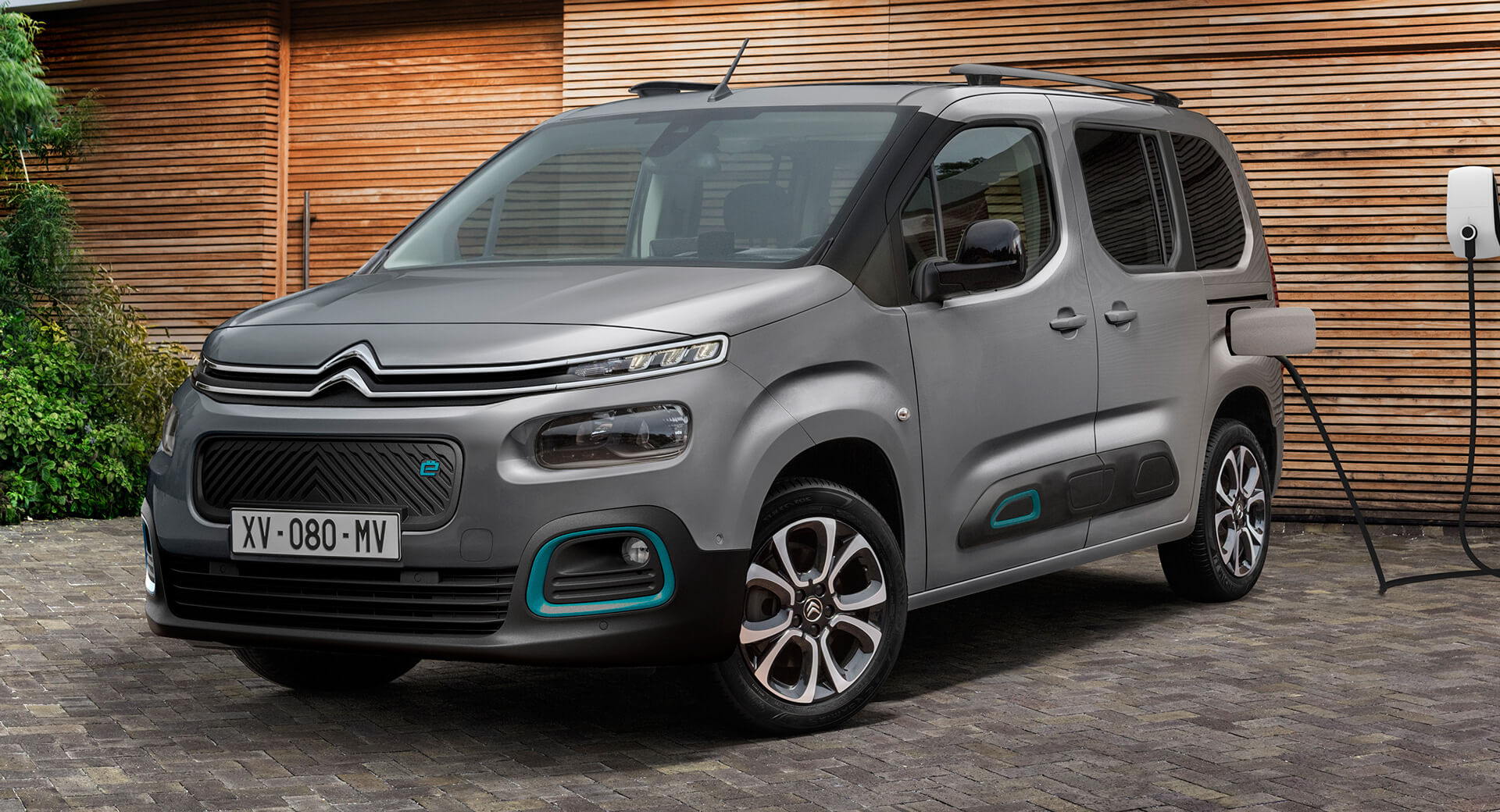Stellantis has confirmed an investment of over €30 billion ($35,6 billion) through 2025 for accelerating the transition to electrification and developing new software, with the goal of increasing profitability in the coming years. All 14 brands of Stellantis will launch fully electric cars based on four scalable BEV platforms with three powetrain modules and standardized battery packs.
According to the release, Stellantis wants the total cost of EV ownership to be equivalent to an ICE vehicle by 2026, making electric cars more affordable to the masses.
By 2030, Stellantis plans to increase the fully electric and hybrid sales mix from today’s 14% to 70% in Europe, and from around 4% to more than 40% in the US. Carlos Tavares, CEO of Stellantis described the future products as “iconic vehicles” with “the performance, capability, style, comfort, and electric range” to fit seamlessly into the daily lives of the company’s customers.
The four fully electric and scalable architectures will underpin a variety of vehicle types. They will compatible with three powertrain modules and have the ability to receive software and hardware updates for extending their lifecycles. The platforms will be called STLA Small, STLA Medium, STLA Large, and STLA Frame. The electric drive modules will include the motor, the gearbox, and the inverter, offering FWD, RWD, AWD, and 4Xe depending on the specification. Each platform will be able to support the production of up to 2 million units per year.
The standardized battery packs will offer ranges of 300-500 miles (500-800 km) between charges and support fast charging of up to 20 miles (32 km) per minute. Stellantis is developing a high-density battery and a nickel cobalt-free alternative that will be ready by 2024. The next-generation solid-state batteries are expected to reach production by 2026.

Stellantis’ electric vehicle production will be supported by five gigafactories in Europe and North America, together with additional suppliers and partnerships. The combined capacity will be 130GWh by 2025 increasing to over 260GWh by 2030. The plan includes a 40% decrease in battery pack production costs from 2020 to 2024 and a further decrease of 20% by 2030.
Another important goal for the future is the electrification of commercial vehicles which will extend to all products and all regions over the next three years. Besides their battery-electric LCVs that are already available in the market, Stellantis will also launch medium vans with hydrogen fuel cell technology before the end of 2021.
Last but not least, Stellantis published a short phrase for each brand indicative of their environmentally sustainable future.
- Abarth – “Heating Up People, But Not the Planet”
- Alfa Romeo – “From 2024, Alfa Becomes Alfa e-Romeo”
- Chrysler – “Clean Technology for a New Generation of Families”
- Citroën – “Citroën Electric: Well-Being for All!”
- Dodge – “Tear Up the Streets… Not the Planet”
- DS Automobiles – “The Art of Travel, Magnified”
- Fiat – “It’s Only Green When It’s Green for All”
- Jeep – “Zero Emission Freedom”
- Lancia – “The Most Elegant Way to Protect the Planet”
- Maserati – “The Best in Performance Luxury, Electrified”
- Opel/Vauxhall – “Green is the New Cool”
- Peugeot – “Turning Sustainable Mobility into Quality Time”
- Ram – “Built to Serve a Sustainable Planet”
- Commercial Vehicles – “The Global Leader in e-Commercial Vehicles”
From the brands listed above, it has been confirmed that Opel/Vauxhall will go electric by 2028, FIAT will stop selling ICE cars in Europe by 2030, Lancia will launch three new electric models, Maserati and Jeep will launch an electric version of every single model in their range, Dodge will launch an electric muscle car, Ram will launch an electric pick-up and Abarth will eventually turn to an electric brand focused on performance.






